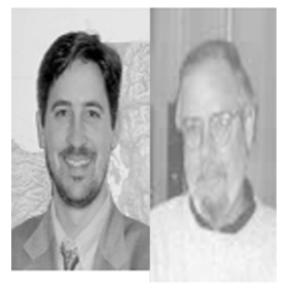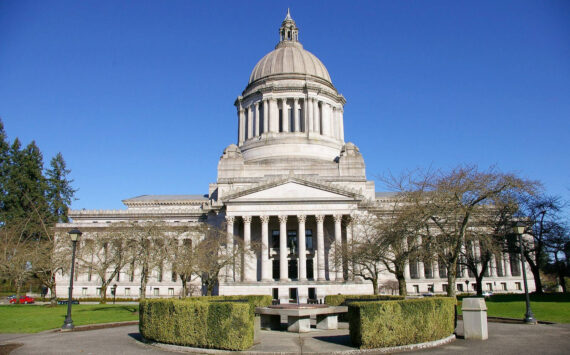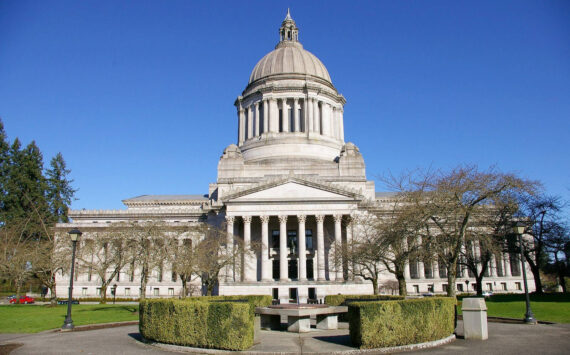How do city leaders find a balance between business development and neighborhood preservation? How do they match community needs with municipal budgets? And how do a citys residents create a hometown environment?
These are some of the questions that the UW Tacomas Urban Studies Department and the City of Tacoma started exploring last week through a series of Government Leadership Institute sessions. The series includes panels composed of key city leaders, experts, and residents meeting to discuss the following topics:
Jan. 19 A Duty to Protect: Public Safety and Criminal Justice
Jan. 24 Big Business and Small Projects: Balancing Development and Neighborhoods
Jan. 31 Working the Government Maze: City, County, Port, Other Relationships in a Regional-Global World
Feb. 7 No Home in our Hometown: Social Equity and Inclusion
Feb. 14 Image of the City: The Medias Impact on Perceptions of Tacoma
Feb. 23 So Much to Do, So Little Money: Matching Community Needs and City Budgets
Feb. 28 Not in My Backyard: The Impacts of Land-Use Actions
Mar. 7 Wrap-Up/Class Critique
I recently met with this series’ proponents, Dr. Brian Coffey and Dr. Yonn Dierwechter of UW Tacomas Urban Studies Department, to gather their viewpoints on Tacomas urban design achievements and shortfalls.
TACOMA DAILY INDEX: What are your impressions of downtown urban development in Tacoma?
DR. BRIAN COFFEY: There has been some dissension that there is too much focus on downtown and not much focus on the neighborhoods. We often hear that from people involved in various neighborhood organizations or social service groups. I understand that point of view. On the other hand, I also understand we need to have a very strong and viable downtown. One of the best things they are doing is promoting housing in the downtown area. They are projecting 17,000 residents in the next decade. If they can make that happen, that will ensure that you have a vital and viable downtown area. Tacoma doesnt have that yet. Its getting there. One problem I see is in the way Tacoma has defined its downtown. Its too big. It stretches from the Stadium District all the way down to the Tacoma Dome. I think the city needs to cut that off. Maybe have the Theatre District as the north end, and the Brewery District as the south end. In terms of overall design, I think Tacoma has to be careful about what goes in Pacific Avenue between that area and the Theatre District. Somehow they need to tie it together. I dont see them doing that yet. With large, massive office buildings going in that dont pull people along, I dont know. Ultimately, that area is going to change. That parking garage will disappear and other things will come in. The city needs to make sure that there are people-oriented establishments. I mean retail-oriented, either restaurants, shops, or those sorts of things that will lure people along. As opposed to a single building that is a single destination. Someone goes into the building to work and leaves at the end of the day.
TACOMA DAILY INDEX: What is your impression of the citys changes over the past decade or so?
DR. COFFEY: Well, in the short time I have been here, which is five years, the changes have been enormous. Most of those changes are down around the university area. The rest of the story, from what people tell me, is that the city was disastrous 10 or 15 years ago. It was a dysfunctional downtown. I think the changes by and large have been good. In another 10 or 15 years, this is going to be a pretty remarkable place.
DR. YONN DIERWECHTER: Tacoma has had 25 rough years, like a lot of American cities. Im a big advocate of downtowns because having 20,000 new jobs and 17,000 new residents downtown makes a vibrant urban center. I think from a city and regional view, its an excellent thing to do. I did a lot of research on Gig Harbor, and a lot of their quality of life depends on urban labor markets staying healthy and Tacoma remaining a vibrant city. I think good cities are important to good regions.
TACOMA DAILY INDEX: What are some examples of poor urban design in downtown Tacoma?
DR. COFFEY: The parking garages are atrocious. I would really love to see the city tear them down and start over.
DR. DIERWECHTER: The parking garages are a good example of how easy it is now to say, What was the city thinking? I think the idea was to bring people downtown and give them a place to park and go shopping. You can understand the spirit. Unfortunately, the garages are ugly.
TACOMA DAILY INDEX: With all the projects going on in the city right now, is Tacoma a working laboratory of sorts for the Urban Studies Program?
DR. COFFEY: Yes. Tacoma is a wonderful place to do urban studies. Youre right. All the stuff thats happening is phenomenal. We have students who are interns with all different kinds of agencies in the area. Students are very much involved in activities within the city.
DR. DIERWECHTER: In our classes, we have access to people like the mayor and county executive. Can you imagine the mayor of a big city coming to an undergraduate class and talking about city politics? Its a wonderful place to have a university.








